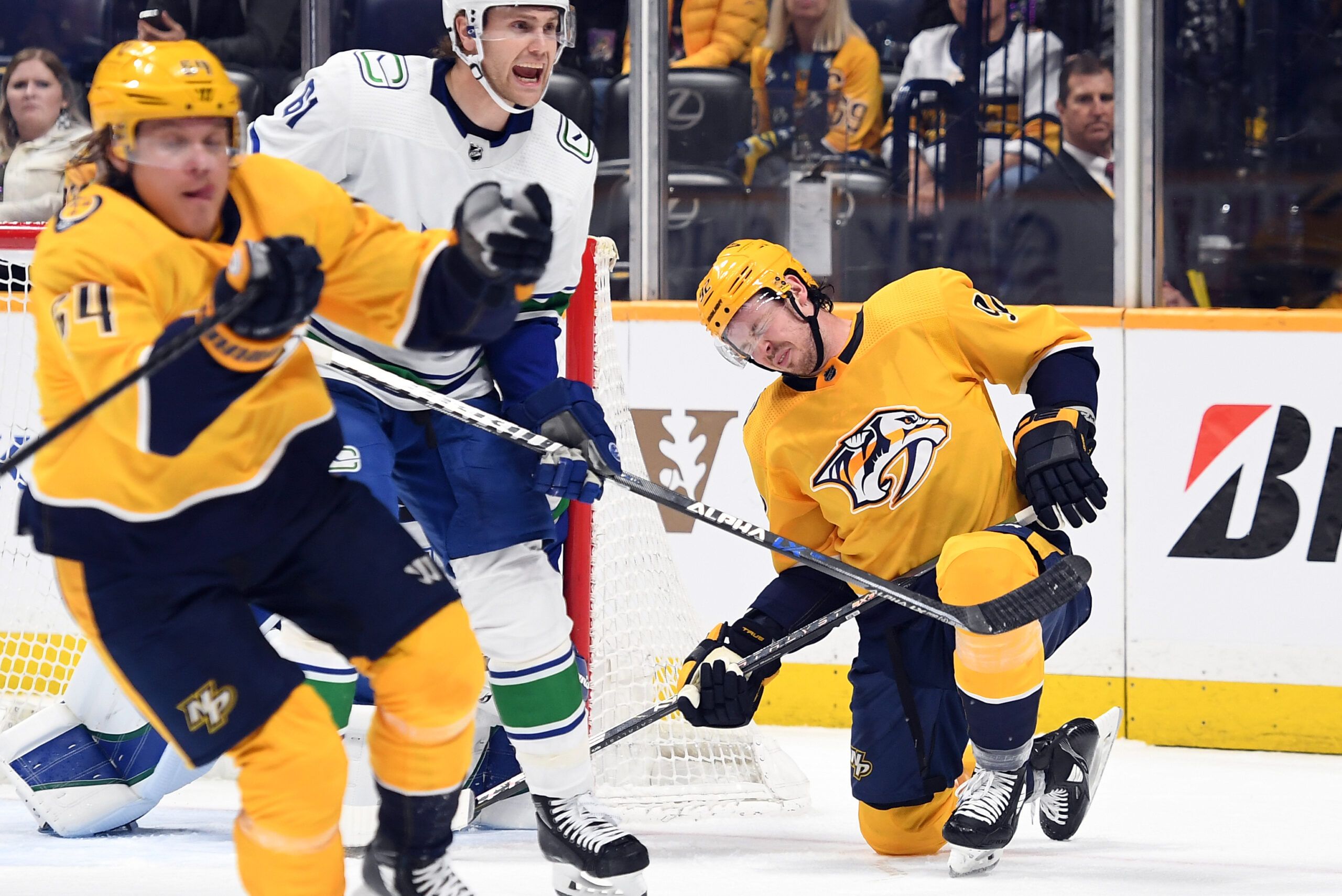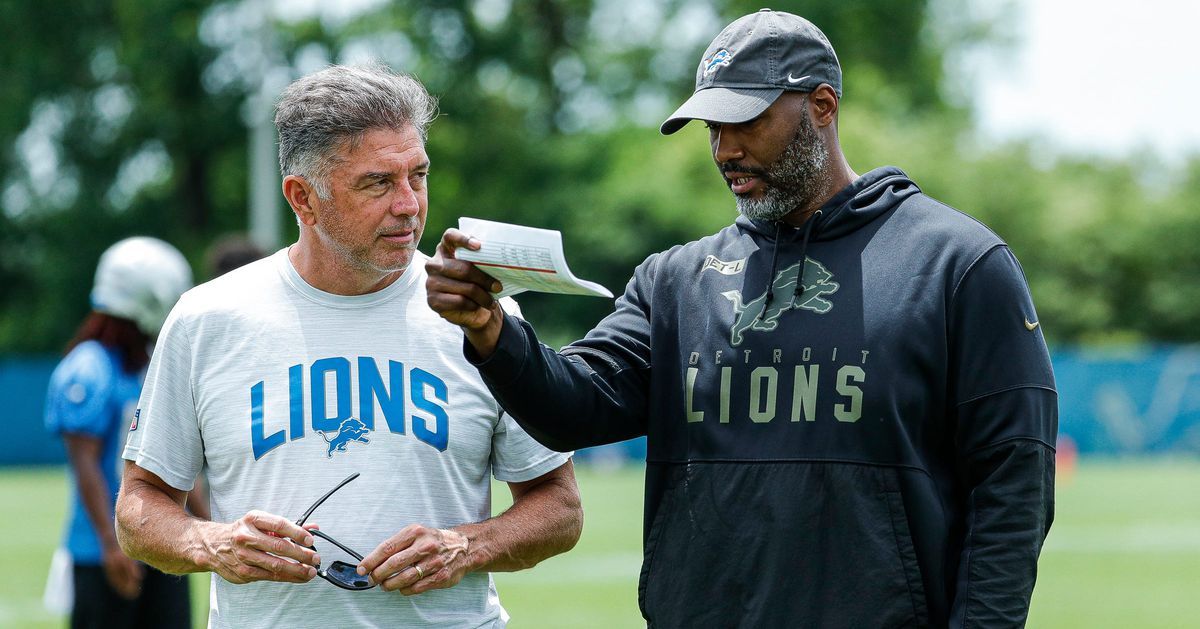Grading the Colorado Avalanche acquisition of Ryan Johansen
The Avalanche kickstarted their offseason on Saturday morning by agreeing to a trade that will send pending free agent Alex Galchenyuk to the Nashville Predators in exchange for Ryan Johansen. In addition to the players, Nashville agreed to retain 50% of Johansen’s remaining contract.
I’m going to give a grade of the trade at the end because that’s what everyone does these days (they’re also fun to write if I’m being honest) but I really want to break the trade into two pieces: the player and his fit and then the cost.
Let’s start with the player.
Is Ryan Johansen still good?
Given the Avalanche are looking to Johansen to fill the hole at second-line center, the answer to this question is pretty important.
The answer is…kind of?
Let’s look at some fancystats stuff at the top of the piece before I lose everyone.
All of this shows a player who is on the lower end of what you’d like to see from a 2C and his production is a reflection of that reality, too.
Over the last four seasons, Johansen has averaged 62 games played and 37 points per season. Injuries and the COVID season of just 56 games keep both numbers down, but in the one healthy season, Johansen scored 26 goals in a 63-point season.
In the four seasons before the injuries started causing him problems, Johansen averaged 59 points per season.
While the underlying numbers have never been amazing, there’s an obvious correlation here that when Johansen is healthy, he’s a quality top-six forward and ideally suited for the 2C job. When he’s hurt, he’s struggled.
Along with the injuries, other concerns here are that Johansen isn’t known for his motor and has a reputation for floating through games. That has the potential of being a problem for head coach Jared Bednar and his open disdain of “passengers” in his lineup.
Johansen is also consistently a negative player in the world of penalty differential. He finished his Preds career a -78 with just 84 penalties drawn and 162 taken, 152 of which were minors. Across his seven full seasons in Nashville, he finished with an average of 47 PIMs per season.
It tracks that a player with a reputation of bouts of laziness is penalty-prone. Just look at Mikko Rantanen over the last few years and how his penalties have taken a leap as he has gotten more comfortable drifting through portions of games. If Johansen and Rantanen end up on a line together, it could have some frustrating outcomes.
All of that said, there are other positives to consider with Johansen. At 6’3″ and 220 pounds, he’s the kind of big body the Avs sorely lacked last year without Gabe Landeskog in their lineup. Johansen is also a very good player on the power play and he should be slated to take J.T. Compher’s role on Colorado’s top unit even if the Avs manage to retain Compher (discussions are ongoing to bring back the pending free agent).
Like Compher, Johansen is a right-shot forward but is an actual faceoff ace, something Compher had via reputation but not reality. While Compher has only had one season over 50% in his career (two years ago), Johansen’s only year under 50% winning faceoffs was his rookie season when he was 19.
Last year, Johansen rocketed up to 59% success rate on draws. While the overall number is nice to look at, when you dig a little deeper it gets even more encouraging as he won 63.3% of the 218 defensive-zone faceoffs he took last year. By comparison, Compher won just 47.2% of his 720 (!!) defensive-zone faceoffs.
On power plays, Johansen’s win rate stayed at a remarkable 57.4%. Those are the situations you care the most about the results of a faceoff and the Avs have gone and acquired one of the very best. While I don’t care much about overall faceoff numbers, that Johansen is fantastic situationally is very encouraging.
Overall, his play-driving is still a (minor) strength and he’s a quality playmaker more than natural goal-scoring threat but he elevates the floor of this position quite a bit while also bringing legitimacy to the spot after watching Compher get crushed in the postseason.
With the Avalanche coming off an incredibly injury-plagued season, it’s fair to wonder why the Avs are so comfortable putting their eggs in the basket of a player with so many injury problems the last four seasons who also turns 31 this summer, but given the cost of the acquisition, it’s a lot easier to understand why the Avs went with this roll of the dice.
The Avs paid what for Johansen?
Over the last few weeks of podcasts, we here at DNVR Avalanche have covered about every angle of the search for the answer at 2C for the Avalanche. We even briefly touched on the possibility of Johansen earlier this week with the group agreeing he’d be a lower-end option but the cost of acquiring his contract would likely be too onerous for the Avalanche.
New Predators GM Barry Trotz decided he wanted to put his stamp on the organization immediately by eating half of the remaining $16M on Johansen’s contract over the next two seasons all for the price of acquiring Galchenyuk, who was a feel-good reclamation story who struggled to do much in very limited NHL action across 11 games but was a very good player in the AHL for the Colorado Eagles where he scored 41 points in 41 games.
With Galchenyuk facing free agency himself this summer, it was a price the Avs were clearly comfortable with to acquire Johansen. It’s as close to answering the 2C question for free as the Avalanche could possibly get.
If Colorado had gone after the any of the top centers likely to be available next week when free agency opens (Ryan O’Reilly, Compher, maybe Ivan Barbashev?), all of those players are likely to command more years and dollars than what Johansen will get from the Avalanche.
Should Johansen fail to live up to the 2C billing in Colorado, the Avs kept all of their major trade assets in this deal and can take another crack at the position at the trade deadline. Hell, if the Avs really wanted to, they could take another swing at the position this week because they didn’t give up any of their prime trade pieces in this deal.
I strongly doubt it happens, but if the Avs wanted to put a bunch of pieces together and go trade for a guy like Mark Scheifele or Elias Lindholm, they’d suddenly have the best center depth in the NHL with Johansen moving to 3C. It would very likely come at the cost of their defensive depth, which is why I bet the Avs don’t go this route, but it’s at least still a possibility until those guys find new homes.
Because this deal encompasses two years and is just $4M, it also means the Avs should not have any immediate roadblocks to two important future factors: Alex Newhook’s development, which right now is penciled in to continue as the 3C, and the team’s ability to keep Devon Toews, who is a free agent next season.
One last point that I’d like to make: While it’s natural for every fan base of a team to think “we can fix him” and “it will be different here”, it is noteworthy to me that many players have come through Colorado in the last five years and had clear-cut career years playing in this uptempo system that wants to score.
It’s not unreasonable to say the expectation for Johansen right now is a 50-point season, but if he experiences the same kind of boost that we saw from Joonas Donskoi, Nazem Kadri, Andre Burakovsky, hell even the likes of Nicolas Aube-Kubel and Denis Malgin, the idea of Johansen pushing a 70-point season isn’t an unrealistic high-end expectation.
As long as he stays healthy.
Final Trade Grade: A-
There’s risk with Johansen’s injury history, age, and general decline in play over the last four years. There’s also plenty of upside given the cost of the move. The importance of quality centers in finding postseason success cannot be overstated and Johansen should be an upgrade over last year’s experiment.
Source: DNVR


